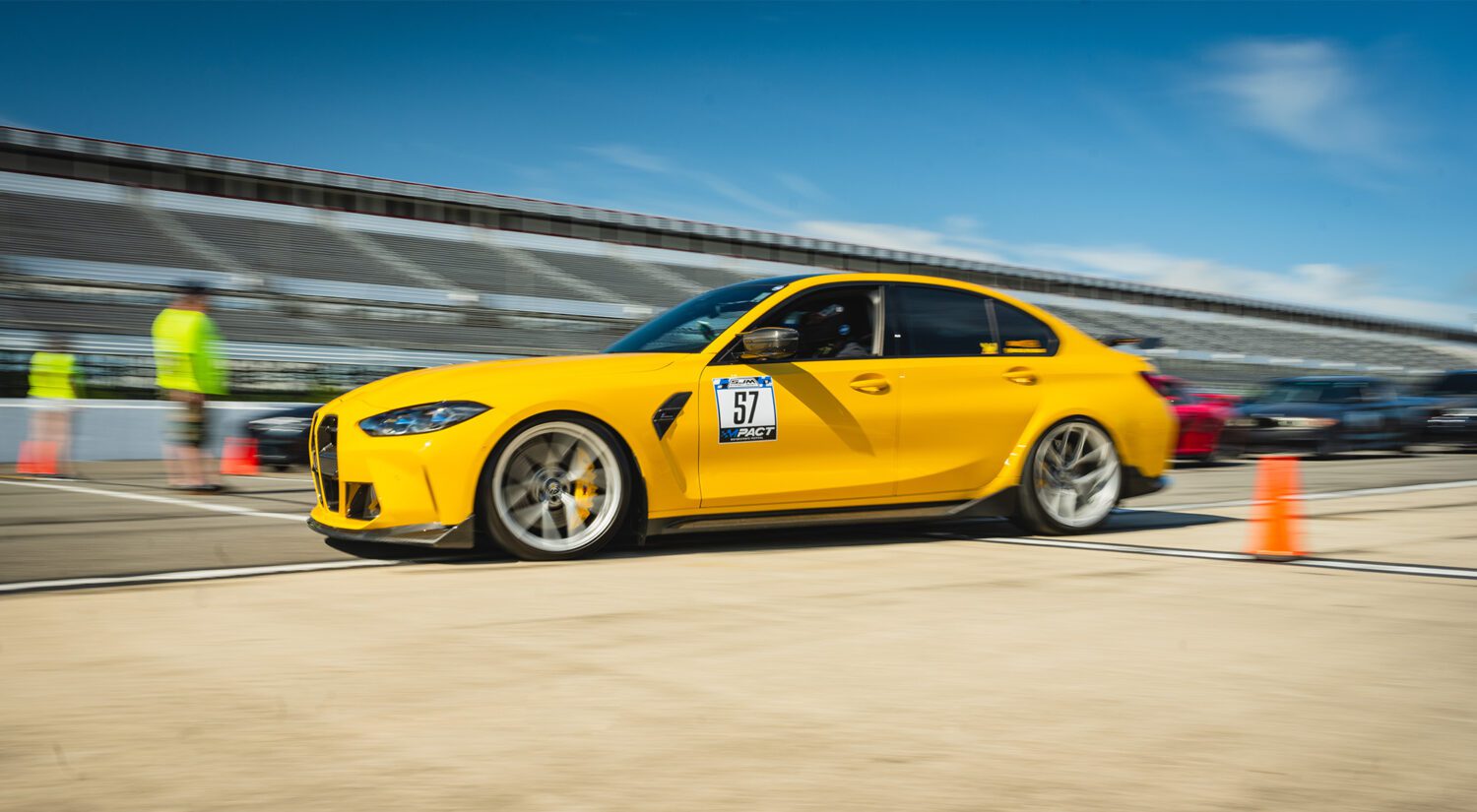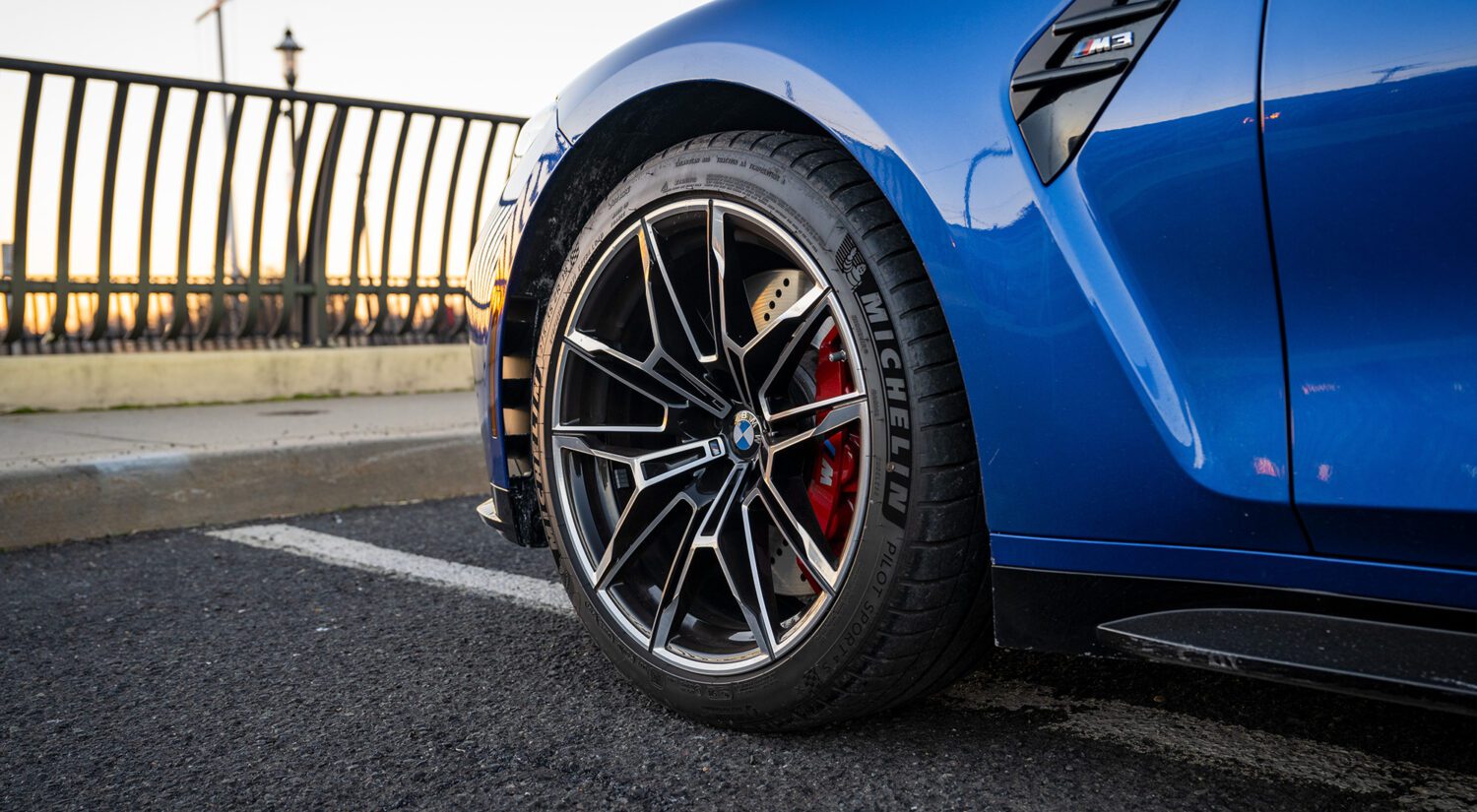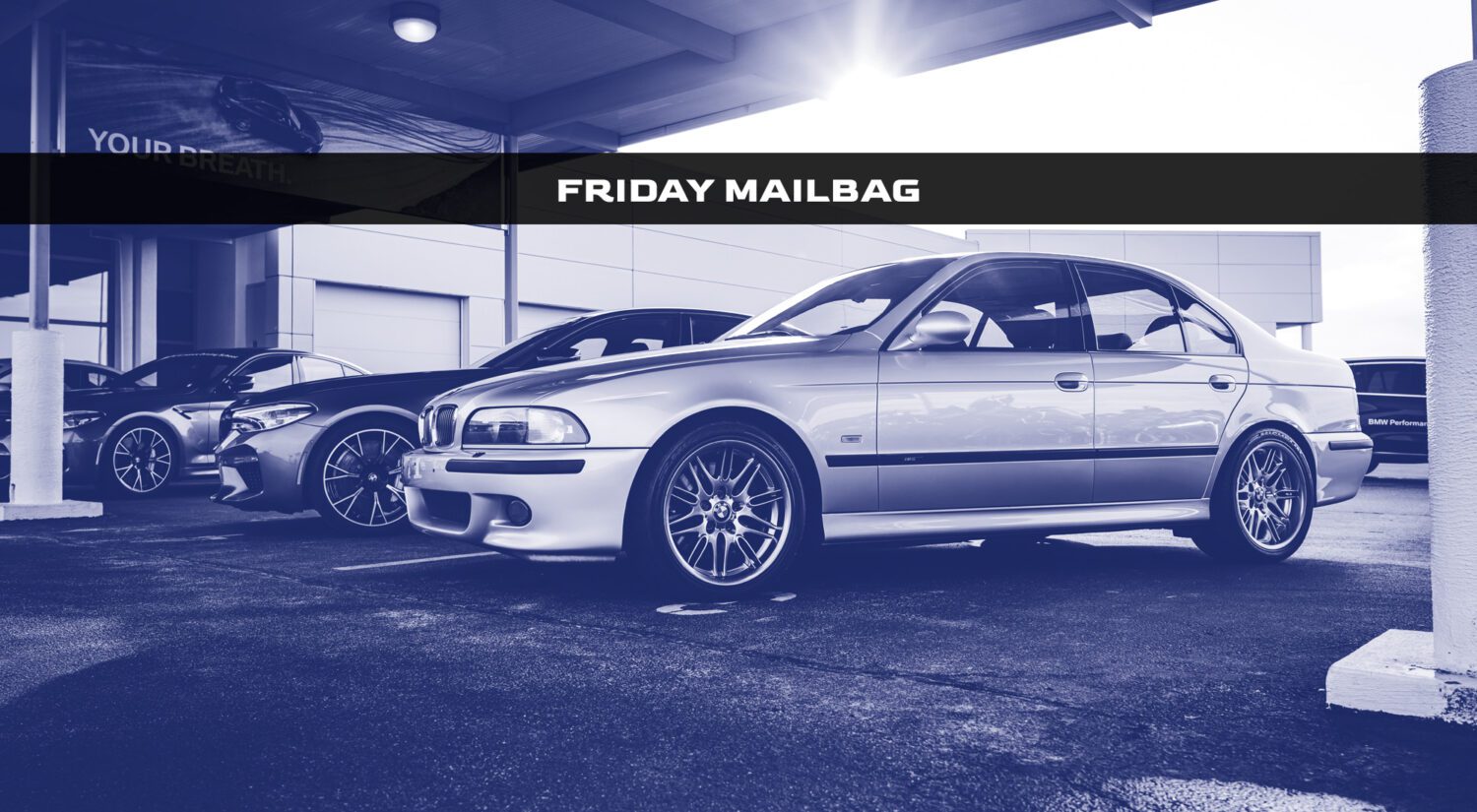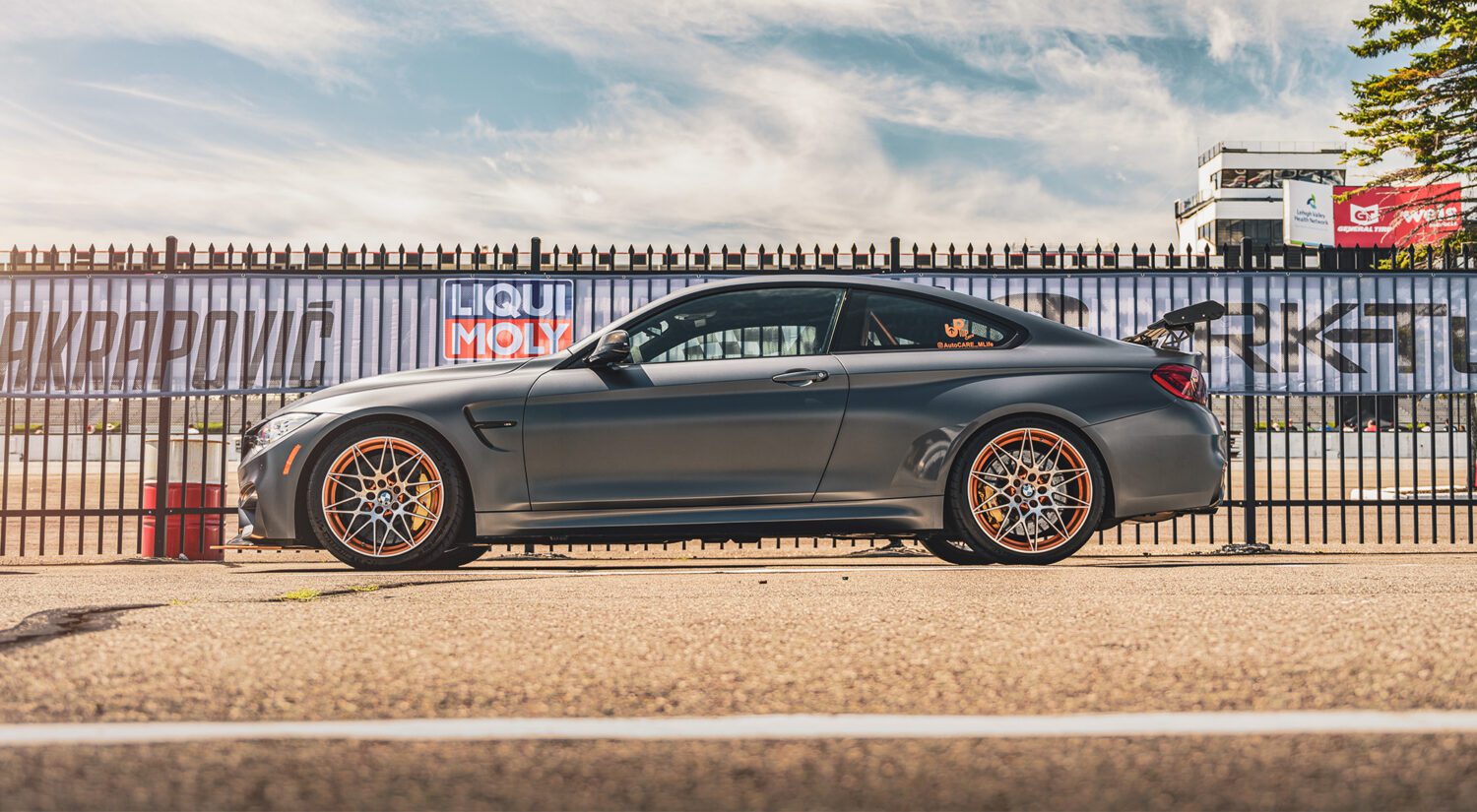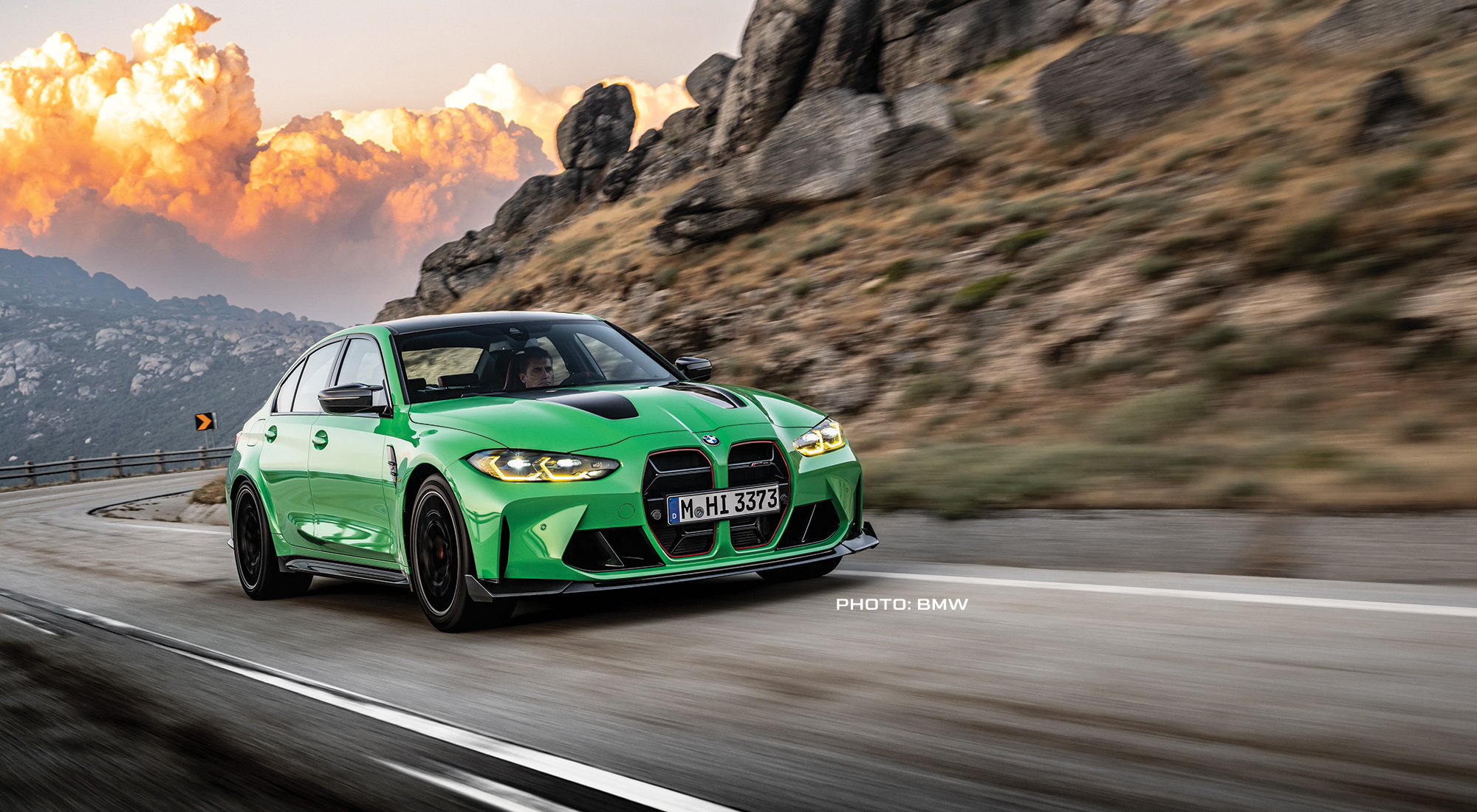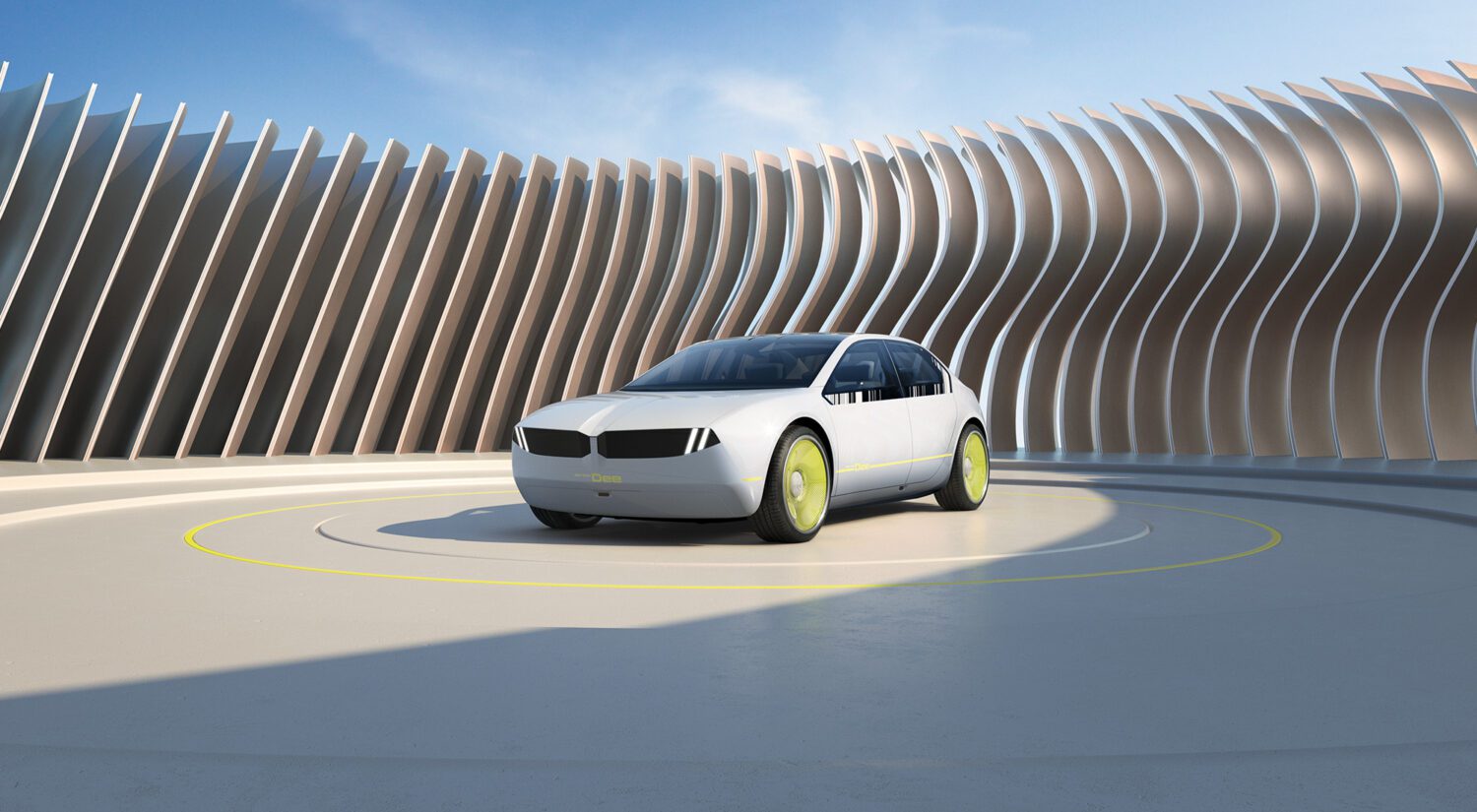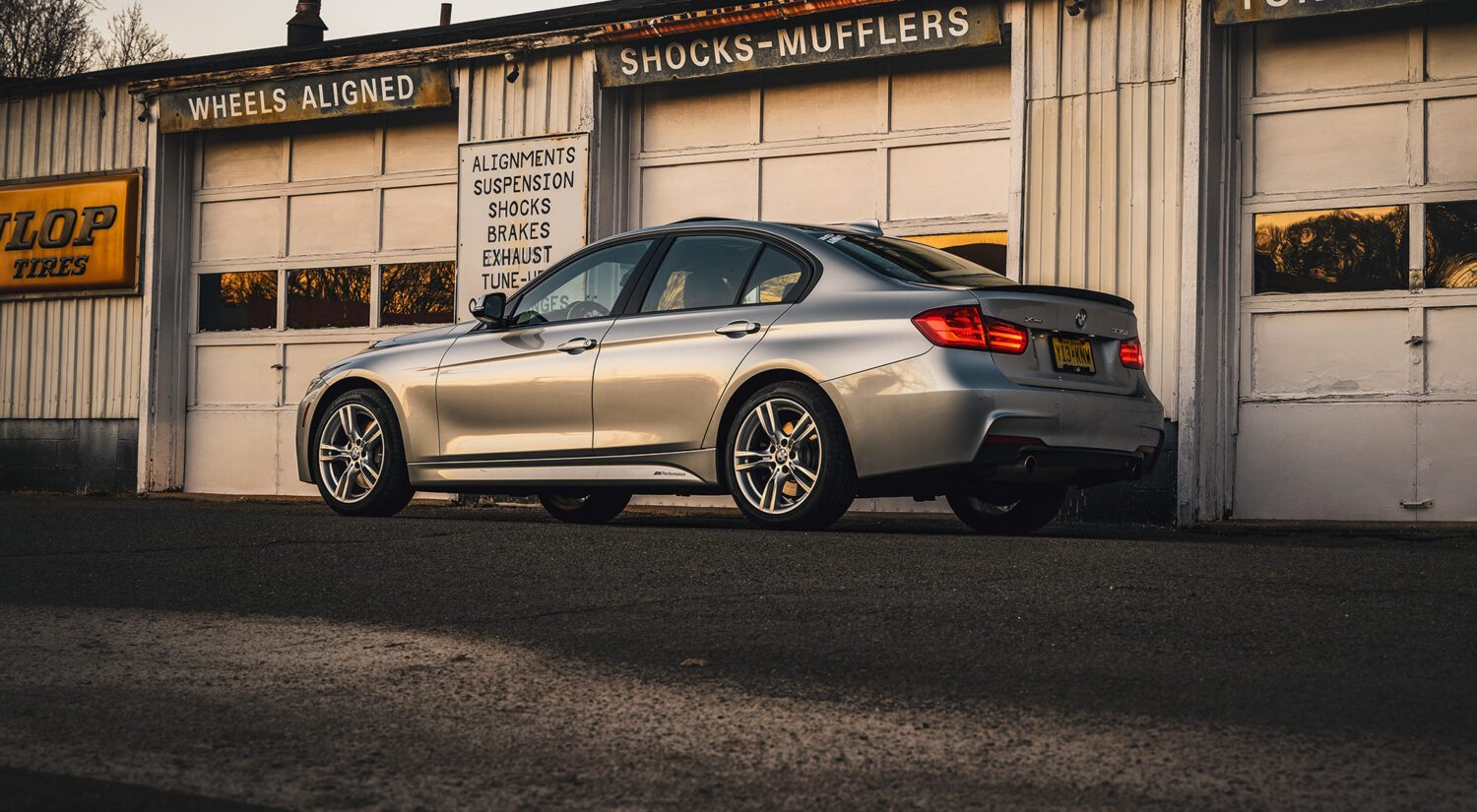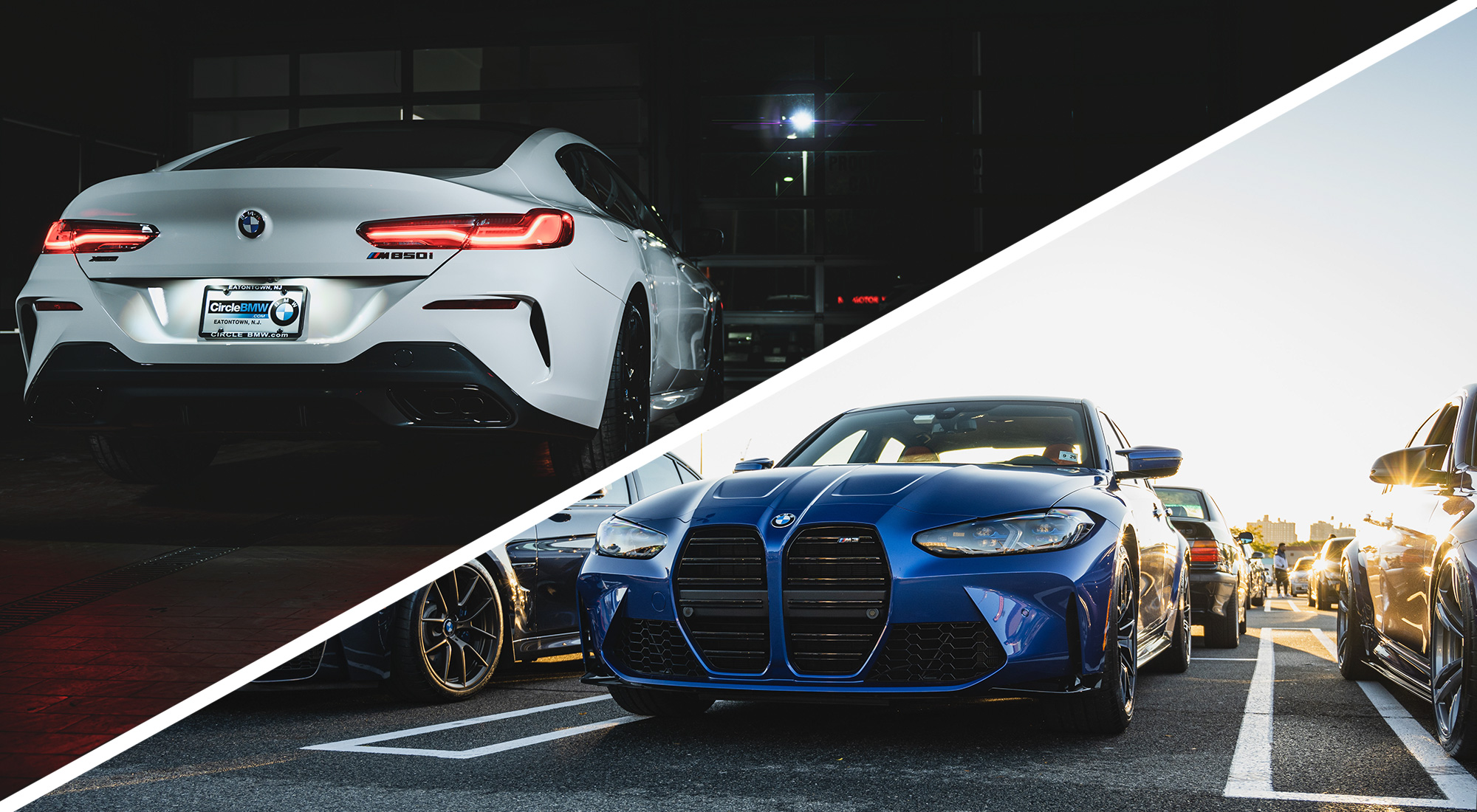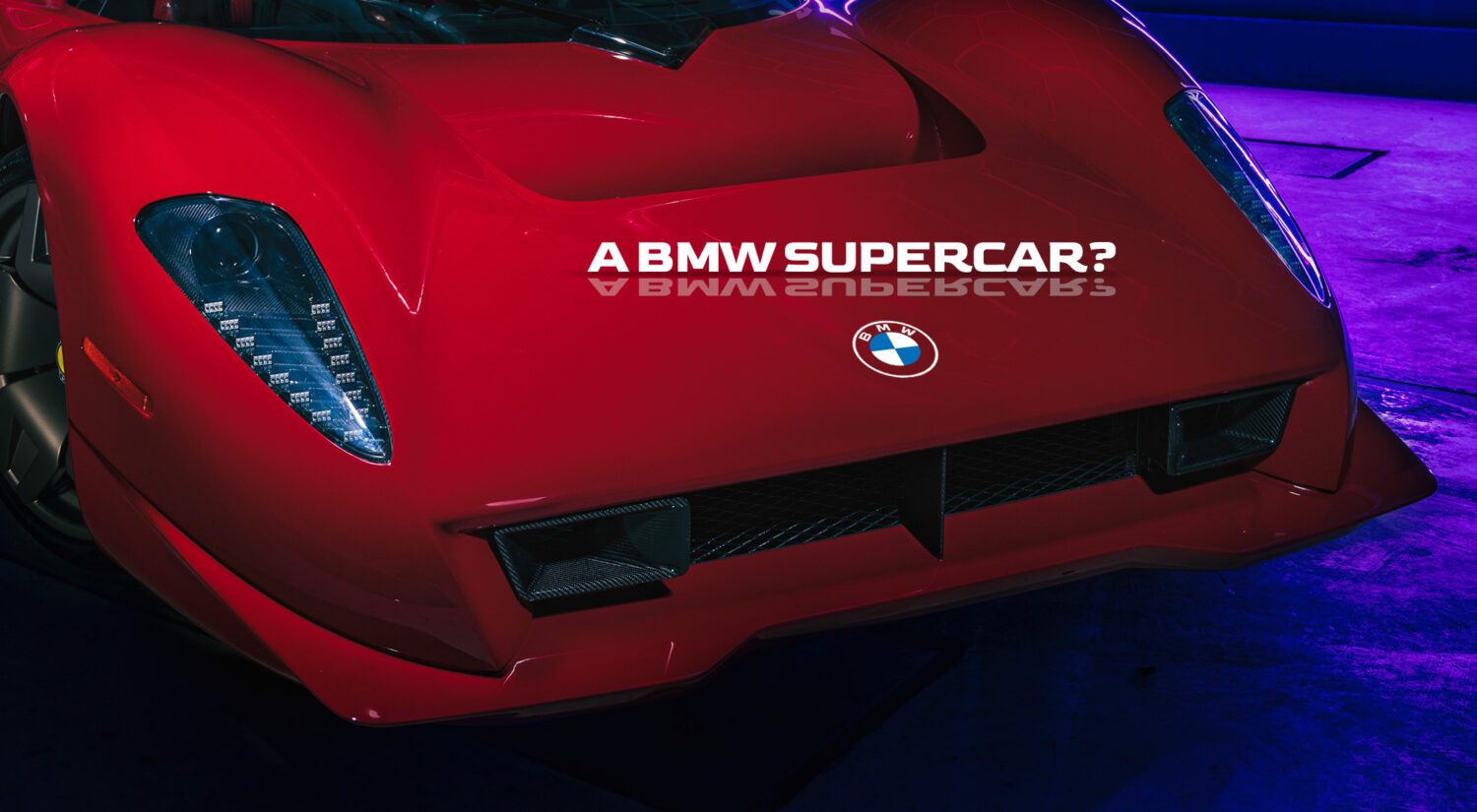The mailbag this week focuses on the mythical BMW supercar, and why the M1 remains the company’s sole effort.
If you’d like me to answer a question, email me.
Question
Hey Mike –
I read a lot of reports about how BMW was going to make a supercar, and COVID made them stop despite being almost finished with it. What’s your take on the car, and will we ever get a BMW supercar?
– Travis
Answer
This is a complex question. We have to go back in time to explore the BMW M1 first, because that car was a failure.
Then, we need to look at the current car landscape to figure out if BMW even needs a halo car, or already makes one. Finally, the overarching theme – do mainstream automakers actually produce good supercars?
The BMW M1 had a rough start
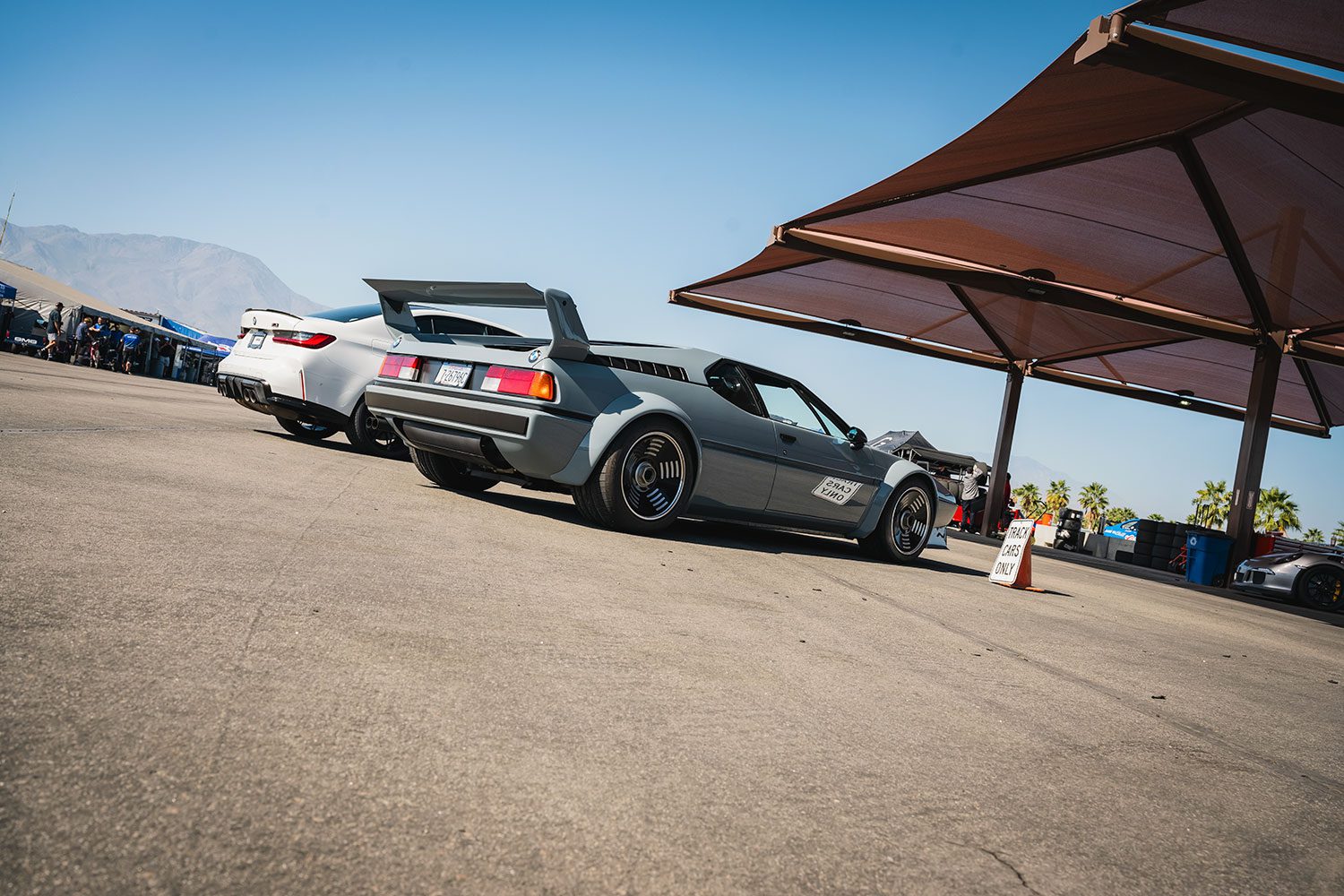
The M1 was BMW’s first mid-engine car, and they wouldn’t make another until the i8.
Produced from 1978 – 1981, it was also the first M car, and it allowed BMW to go racing in a car that was obsolete by the time it was ready. Blame both BMW and Lamborghini for that.
BMW wanted to race (to beat Porsche, who else?), and in order to make a competitive car that would outclass the Stuttgart boys, they decided on a mid-engine layout. In a time crunch, they turned to an automaker with expertise in that chassis – Lambo. They’d help design and build it.
But by that time, Lamborghini was well on its way to having more owners than a 20-year-old Corolla, and BMW soon decided to take over the project themselves. The delay in production, combined with the changes in Group 5 rules, forced the company to compete in Group 4 racing with the M1 instead. So much for fighting with Porsche at the top.
Now when I say BMW took over the project, they didn’t magically grow a mid-engine branch overnight. Instead, a group of ten Lamborghini engineers started a company next door to the Lambo factory called Italengineering, and they continued the work. In the end, the car was mostly built in Italy with a BMW engine in place.
And it was a failure

The M1 was a failure because it never allowed BMW to race in the series it was meant for, nor did it allow for them to gain a ton of mid-engine experience since they did not design the car. Just 453 were hand-built, and to this day, no successor has come forward.
What it did do was launch M, and thus cars like the M3 and M5 (the original M5 used the M1’s engine). If it were truly a success, then BMW would have made a follow-up.
What happened after the M1?
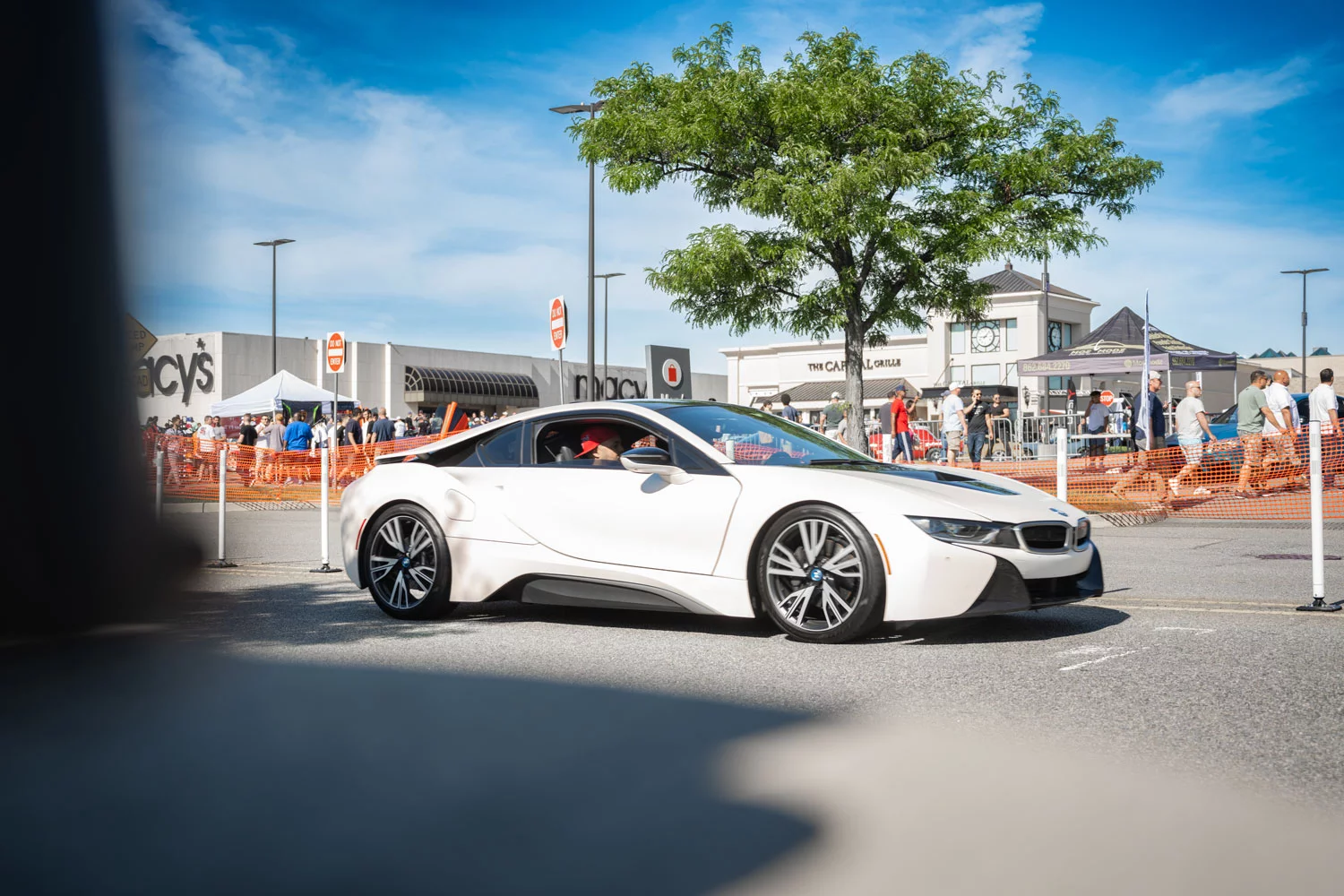
What Travis refers to directly is the BMW I16, but before we go there, we must mention cars like the BMW M1 Homage concept and i8.
Th M1 homage was simply meant to be a design exercise, and it never moved under its own power. I’d call this BMW’s first serious attempt to follow on from the M1, and they did all the design work themselves.
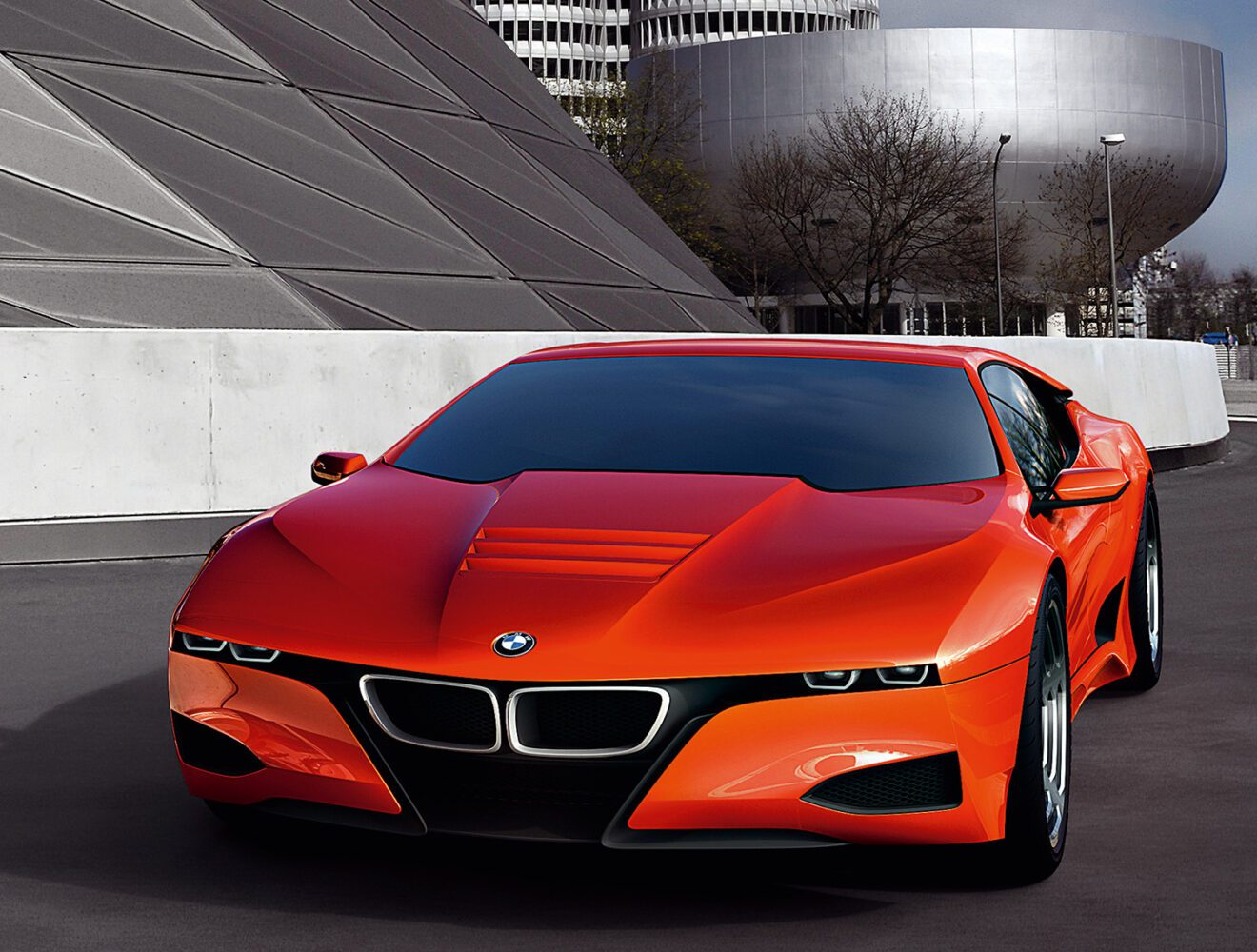
The i8 is a different story. Some call it a spiritual successor, but that means nothing. Its only link to the M1 is a mid-engine layout – it didn’t even receive an M badge. No BMW supercar could ever be without one. For many reasons, the i8 isn’t a sports car, and it doesn’t count.
The BMW I16, and why there’s BMW supercar now
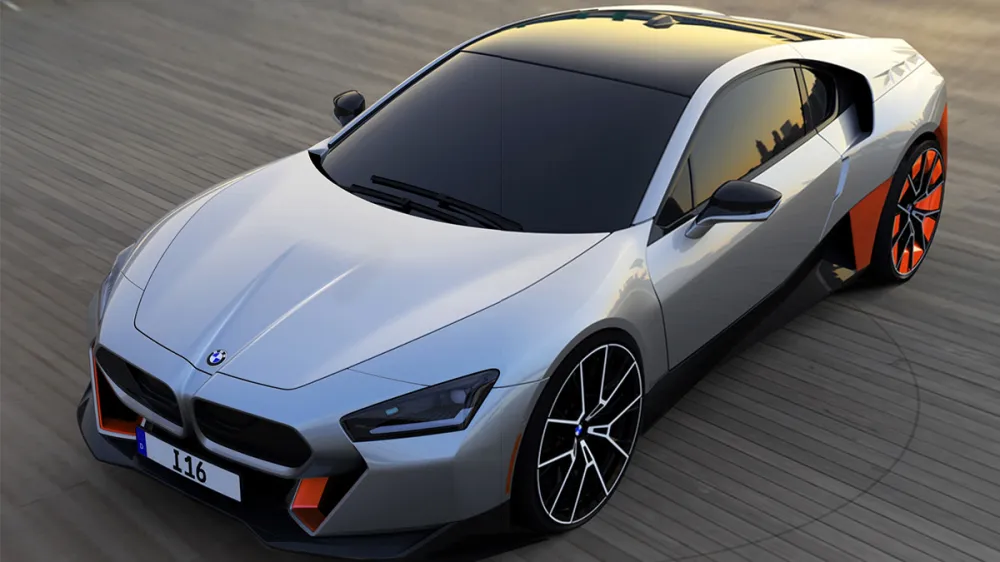
Fast forward to 2019, when BMW was working on a concept to replace the i8 with a more inspired design. From the head of BMW design, Domagoj Dukec:
“The I16 had all the style of a future classic, but there were still novel touches that moved the design forward from the M1,” Dukec wrote on Instagram. “Within less than 12 months the car was ready—inside and out. The key was to use the composite structure of the BMW i8. If you look closely, you will find a few cues!”
That doesn’t sound very promising. It does look better, and more “M1”, than the i8. But again, without M involved in the beginning, it’s all just pretend.
Reports blame the changing market from COVID that happened as this car was being developed, but that only tells half the story. BMW is a small company that can’t afford any missteps or superfluous cars. They might blame COVID, but I don’t think this car was going to happen anyway. BMW has been making record profits regardless of the pandemic, so it’s not really about financial situations.
Plus, what platform would they use? The i8’s dated at this point, and an entirely new mid-engine layout wouldn’t make much sense for the company. The Audi R8, Huracan, Gallardo…those cars exist because they could share the development. Lamborghini helped there too.
But there’s another issue: BMW M.
BMW already makes supercars
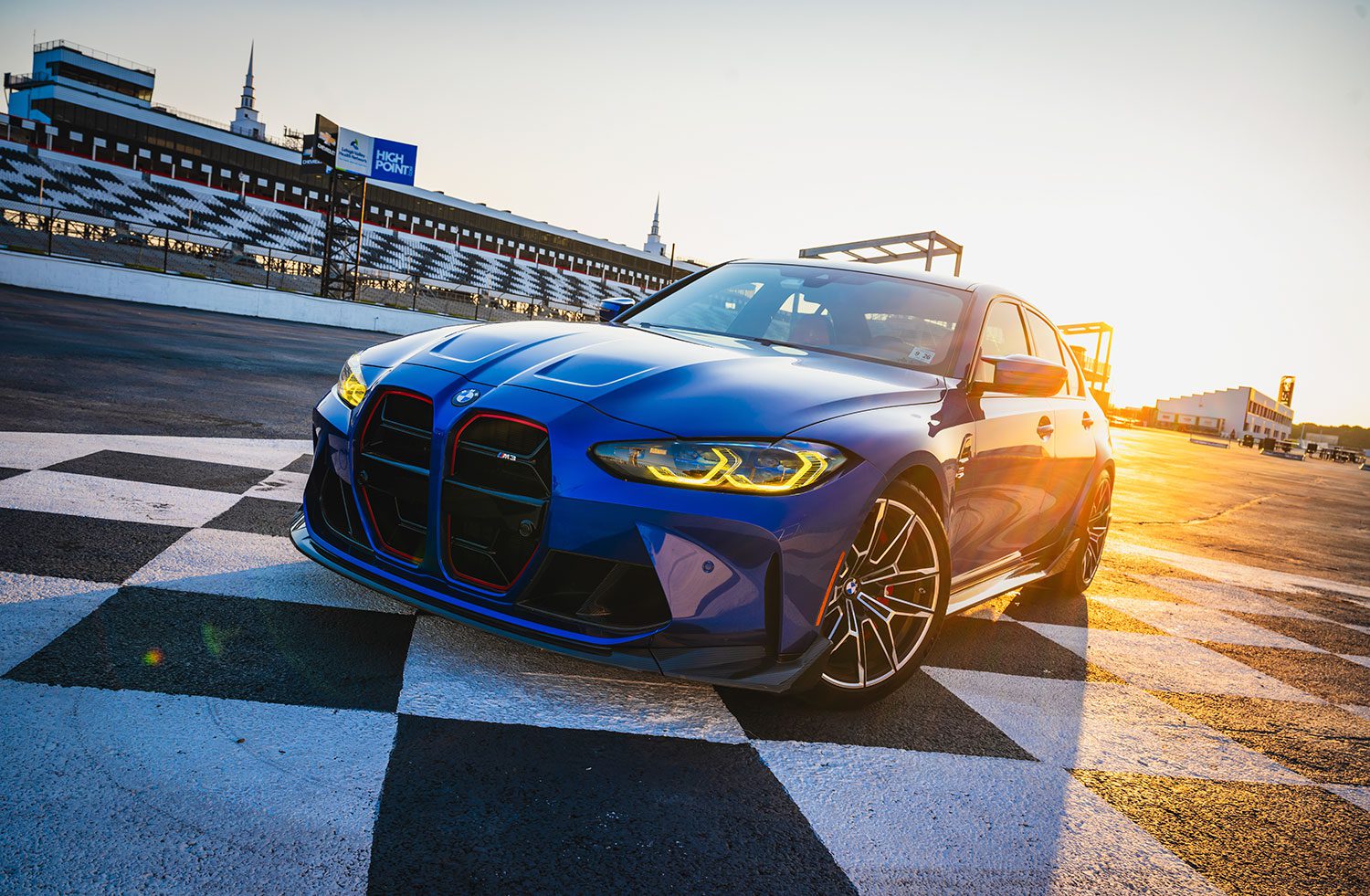
Well, they make super hero cars, which are a very different thing but even harder for a company to do successfully. And they make a lot of them.
What’s a super hero car? It’s hard to describe but you know it when you see it. Corvette? Yes! 911? Yup. Audi R8?
Meh.
A super hero car needs staying power, a strong history, performance, and that it factor. The M2, M5 and most especially the M3 are super hero cars. They sell better, are more relevant because you actually see them out and about, and are attainable.
The current generations are also very, very fast. The M5, especially the one about to come out – what will beat it? It’s a supercar in performance.
With such a lofty internal goal already set, BMW has a challenge in making any sports car relevant enough to beat its own products. And no, an electric supercar next to a V-8-powered M5 just won’t cut it.
Supercars that aren’t so super
This part is fun. I’ve made a list of cars from mainstream makers that were all produced around the same time, and as you read, you decide which ones are super:
- Lexus LF-A
- Audi R8
- Mercedes SLR McLaren
- Porsche Carrera GT
- Nissan GT-R
- Gen 1 – Acura NSX
- Ford GT (the 2000s version)
For the purpose of this article, let’s say that you must be mid-engine, so it’s bye-bye to the GT-R. And it must be fast, so later NSX.
Next, let’s say you must be expensive and exclusive. At one point, Audi sold nearly 3,000 R8s in a year, and the SLR had a run of over 2,000 cars made. They go away.
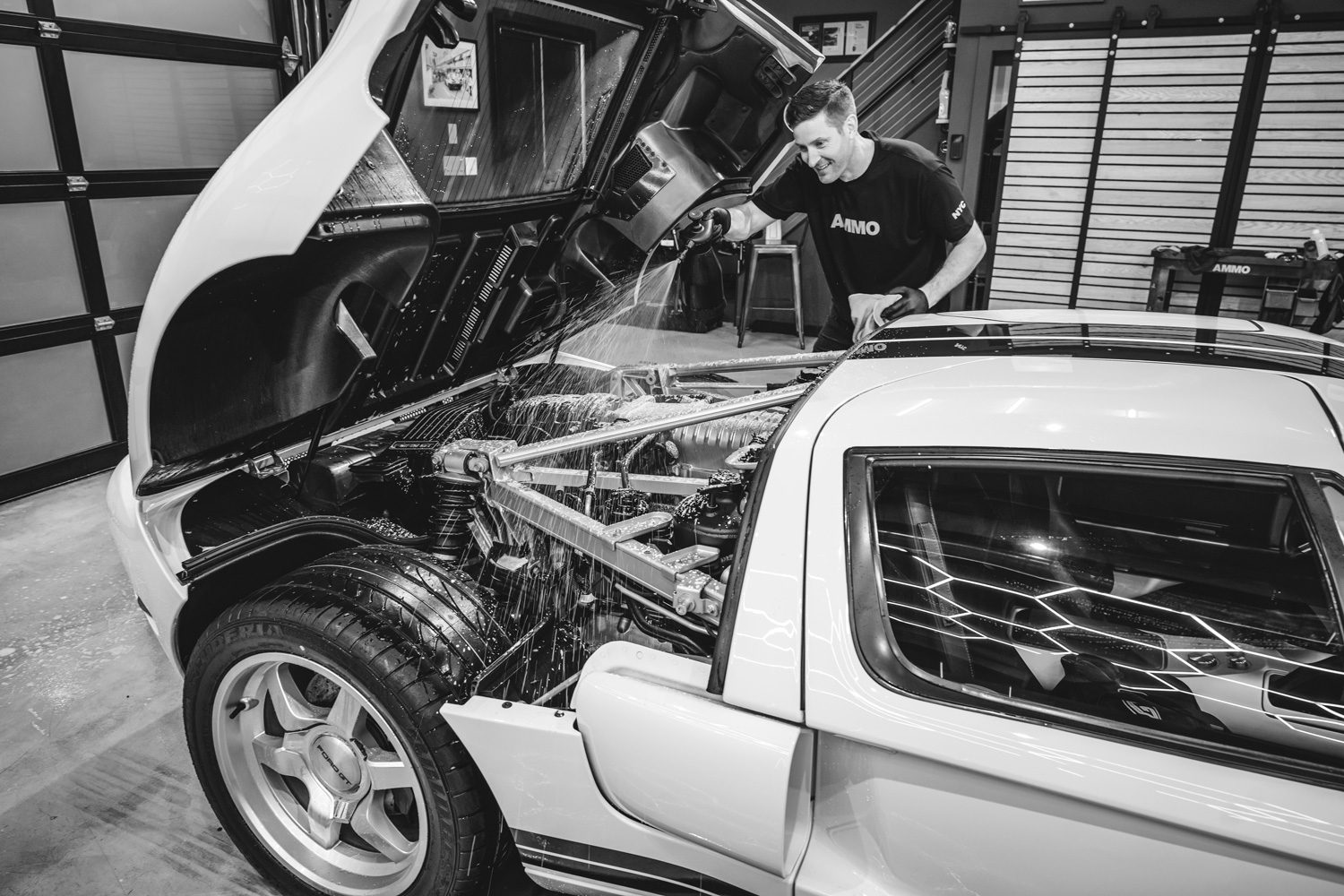
Now, the list looks like this:
- Lexus LF-A (500 units)
- Ford GT (4,038 units)
- Porsche Carrera GT (1,270 units)
Lexus lost money on each LFA it sold, and no one bought them.
The Ford GT is the hardest to pin down. It’s very fast, and despite being a Ford, doesn’t share much with regular cars. They did end up making quite a few, and I wouldn’t call it technologically advanced – it was meant to invoke nostalgia, not the future. Let’s leave it – they made another, so it’s a success.
That leaves the Porsche Carrera GT. I think we can all agree that’s the definition of a supercar. It better be – it’s a Porsche.
The Ford GT and Carrera GT – you need “GT” in your name to be legitimate it seems.
Mainstream companies don’t make very good supercars
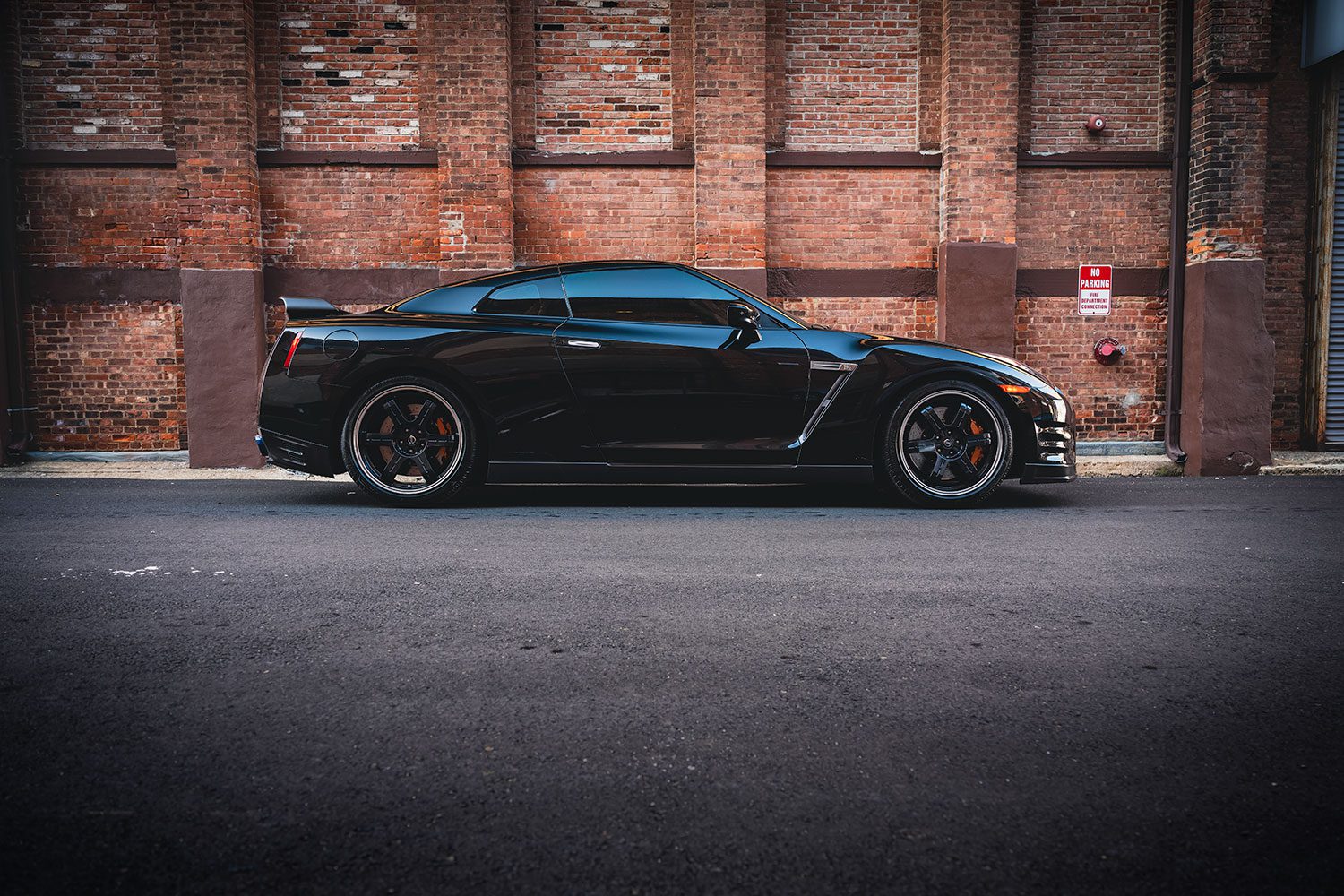
The point of this nostalgic indulgence is that mainstream car companies don’t often make good supercars. They can’t resist using at least something out of the parts bin, or it sells really well and that limited run suddenly becomes a little more unlimited. In the LFA’s case, as good as it was and despite all the resources of Toyota, they couldn’t make it cheap enough for people to move past the badge.
To tie this all back to the Bavarian Motor Works, the point is this: Even if there was a BMW supercar, it wouldn’t be very good. Pick an issue: Cost. Performance. Exclusivity.
Best to stick with a Ferrari.
Want MWS to review your car?
If you live in the tri-state area and want me to check it out, send me an email!
Support Machines With Souls
Commissions may be received for product links on this site. Help out if you can.
I use Nikon camera bodies and lenses, a Westcott Ice Light 2, Manfrotto tripod, B + W filters and an iMac Pro to make the art you see here.


